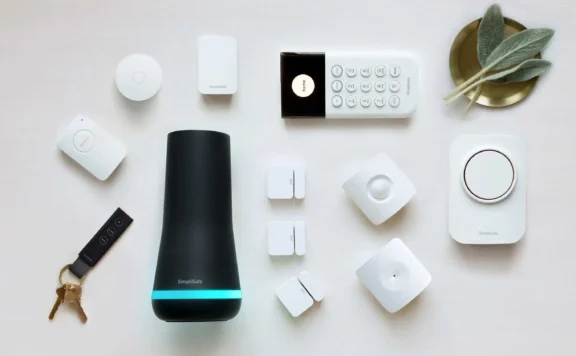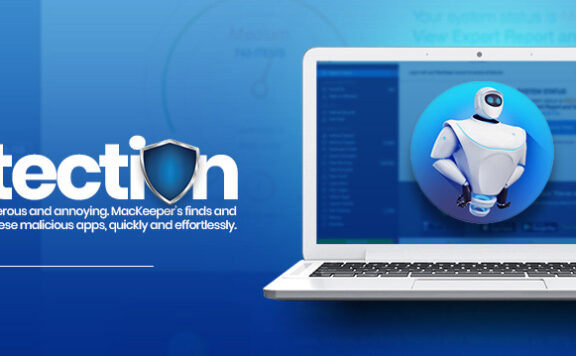The Rise of Smart Home Ecosystems: Enhancing Family Safety and Convenience
Introduction
In today’s digital age, Smart Home Ecosystems have revolutionized the way we live, bringing about not only heightened convenience but also improved family safety. As our reliance on technology grows, smart home systems—integrating connected devices, home automation, and innovative safety features—are fast becoming integral to modern living. This post delves into how these systems are transforming homes into intelligent spaces while prioritizing the security and well-being of families.
Background
Smart home technology is not an entirely new concept; it has been evolving over the years. However, recent innovations have made home integration more user-friendly and accessible, leading to wider adoption. In the early days, smart home devices were often considered luxuries, primarily due to complicated installations and high costs. Today, thanks to advancements in technology, these devices are more affordable and simpler to install, enabling families to easily integrate them into their daily lives.
Recent studies reveal a significant uptick in the adoption of connected devices, with more than half of the American households now using at least one smart home product. This increase is largely driven by the desire to improve home security, reduce energy consumption, and streamline daily tasks [^1^]. As more devices become interconnected within ecosystems, homes are gradually being transformed into seamlessly automated havens that prioritize family safety without sacrificing convenience.
Trend
The trend toward embracing smart home ecosystems is accelerating, fueled by an increasing dependency on technology and a growing awareness of the benefits these systems offer. Data shows a substantial rise in the demand for smart devices and automation, from smart thermostats and lighting controls to advanced security systems.
The surge in automation is particularly noteworthy among families keen on adopting technologies that enhance their lifestyles. For example, doorbell cameras and smart locks have become popular, serving as deterrents against crimes such as package theft. According to the SafeWise 2025 report, about 104 million packages were stolen, costing consumers approximately $15 billion annually [^2^]. By using automated security systems that alert homeowners to suspicious activity, smart home ecosystems play a pivotal role in reducing such incidents, thereby significantly enhancing family safety.
Insight
Insights into consumer behavior reveal intriguing trends regarding home integration and safety priorities. Families are increasingly drawn to devices that offer substantial safety features, with many prioritizing real-time alerts and remote monitoring capabilities. Expert opinions suggest that parents, in particular, value technologies that help them keep a watchful eye on their children and provide peace of mind when they’re away from home.
Example: Imagine your smart home system as a diligent watchman who never sleeps, constantly equipped with sophisticated tools to detect potential intrusions or hazards.
Moreover, key safety applications include smart smoke detectors, water leak sensors, and even radon detectors, which are crucial in ensuring a secure living environment. A related article highlights the importance of radon detection, emphasizing the need to regularly test for this dangerous, radioactive VOC, available through efficient devices like the Radon Eye RD200 [^3^].
Forecast
Looking to the future, the trajectory of smart home ecosystems points towards even greater technological advancements and market growth. It’s projected that the market for smart home products will continue to expand, driven by increased consumer demand for enhanced security and comfort solutions. Future innovations may include more intuitive AI-driven home systems capable of self-learning, improving their efficiency over time.
Forecasts indicate that smart home systems will become increasingly sophisticated, incorporating AI and machine learning to fine-tune automation processes. This evolution will inevitably lead to more personalized experiences, where homes adapt to the unique lifestyle needs and habits of their occupants, without compromising on family safety.
Call to Action
As smart homes become the standard, it is critical for families to remain informed and vigilant about emerging technologies that prioritize their security. We recommend exploring the latest in smart home devices and safety features to enhance your home security system. Stay proactive and integrate these connected technologies steadily, ensuring a seamless fusion with your everyday life.
For those curious about improving home safety further, consider reading our related articles on advanced safety detections and smart solutions [^3^] [^4^].
[^1^]: https://www.safewise.com/blog/increase-home-safety-top-radon-detectors/
[^2^]: https://www.safewise.com/porch-pirate-faq/
[^3^]: Referenced Radon detector article.
[^4^]: SafeWise package theft report.






